Children's Health
Self-Regulation Strategies for Children at School and Home
Self-regulation skills enable us to understand, adjust and control our own behaviour and how we react to things happening around us.
Young children can display powerful emotions as they learn about themselves and the world around them. The ability to understand different situations and emotions and to control behaviour appropriately is an important life skill.
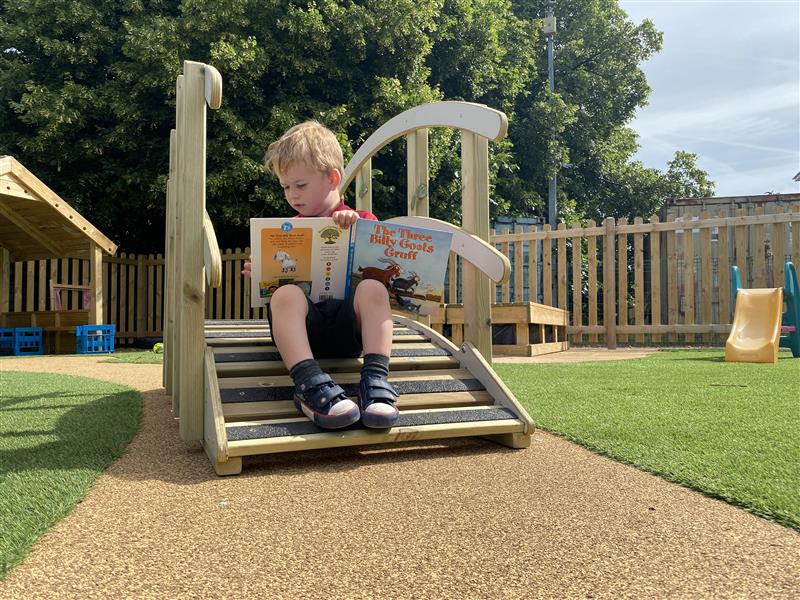
Pupils need to be able to self-regulate in order to develop social relationships, concentrate and learn. As adults we can certainly find it difficult to stay in control of our behaviour and keep our composure. There are times when we are upset, annoyed, when we cry or shout. Therefore, young children may find it incredibly difficult to regulate their feelings and behaviour when they are frustrated, confused, distressed or angry.
Every child is unique, they may still be figuring out their likes and dislikes and things which make them uncomfortable or unsure. We want to teach children in our care to acknowledge their feelings and to draw upon coping strategies.
Self-regulation happens when children have learned to recognise their own feelings and can use strategies to cope. Children will begin to understand that their feelings and actions can impact others. Maturing emotional intelligence helps to build relationships with adults and peers.
The Importance of Activity
Physical play is vital for children’s health and wellbeing. Being active throughout the school day can improve mood, concentration, strength and confidence.
Growing evidence shows that physical activity is associated with improved self-regulation in young children. Pupils who meet physical activity recommendations can be more attentive, better at controlling impulses and perform better academically.
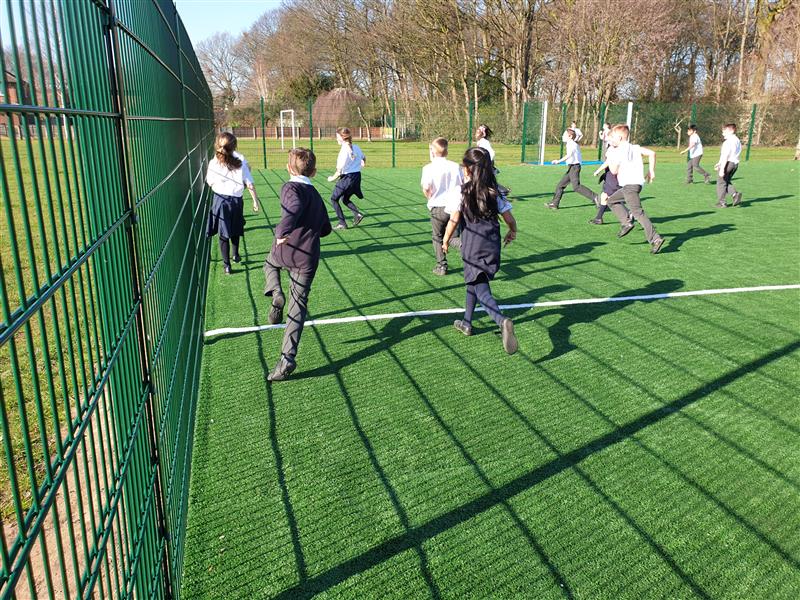
When children engage in brief bursts of energetic play this can improve their attention and ability to focus. Movement can help to regulate emotions and behavioural self-control. Active play should be a critical component of young children’s learning environments yet break times can be squeezed out for more classroom lessons or weather conditions can put a stop to play.
Having an outdoor environment with opportunities to move, play and take risks can provide stress relief for some children. In the current climate where children spend more time indoors after school unstructured play during the school day is a necessity. Child-initiated free play can develop creative thinking, problem solving, negotiation and conflict resolution. Skills learned during outdoor play underpin self-regulation.
The ever-changing outdoor environment provides a change of scene, fresh air and natural light which helps to support children’s mental health. Fresh air and exercise may even help children to sleep better and feel hungrier at mealtimes.
For some children coping strategies will involve movement and exploration. Pupils may seek high levels of vestibular input by rocking, swaying, spinning, dancing or going upside down on the Forest Roll Over Bars.
Other children may seek movements such as climbing, running, pacing, jumping, swinging or completing Monkey Bars. Some learners may require smaller movement tasks such as sweeping around the Sand Box, handing out the Scribble Boards, squeezing a sponge ball or using fidget toys.
Movement can be used to help children learn when activity is built into lessons, a short amount of time doing something else can help us to refocus.
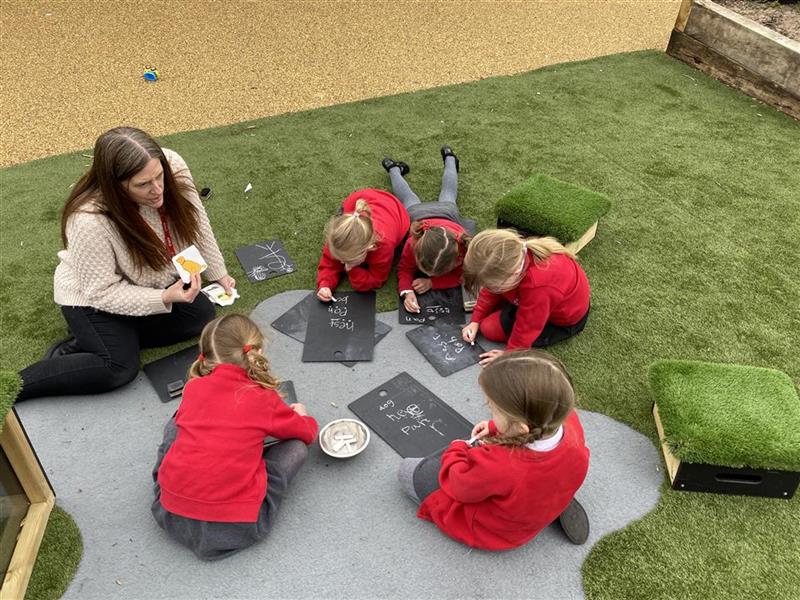
Helping Children to Self-Regulate
Practitioners may observe behavioural outbursts where a child experiences a lack of control often beginning with the child having powerful feelings that they cannot yet regulate. Sometimes children may shutdown where they crawl under objects, avoid gaze or conversation or roll into a ball. When children shutdown this usually indicates feelings of being overwhelmed, frustrated or overstimulated.
As practitioners we aim to take time to discover what might be causing a child to feel overwhelmed and take note of their feelings. It is useful to acknowledge children’s emotions and feelings… ‘I can see that this has made you angry, I can see you are sad about sharing your car.’ Some children may respond to direction such as ‘Will it help if you sit with me in the reading area? Shall we go outside to the sand box? Other children will have entered fight or flight mode and simply sitting with them stating ‘It’s ok I’m here,’ will be enough to comfort them.
When speaking to a child try to get to the child’s eye level and perhaps model some breathing exercises. A child could pretend to blow up a balloon in their belly so that their belly inflates when inhaling. After 2 seconds slowly exhale through the mouth, emptying the balloon of air and deflating the belly. We can then help a child to regain control and a sense of calmness. Once a situation has been calmed reflection time with an adult to discuss what happened and what can be done differently next time can be helpful.
Carefully selected picture books and novels can present different situations which can help children to see various viewpoints, recognising themselves and others. Books can highlight self-regulation skills and classes can identify how characters cope and adapt. Role play and drama activities can be used alongside texts so that children can explore different scenarios. Pupils can talk about and act out what they would do and feel and identify how their feelings connect with their behaviour.
Class journals can be beneficial where children can draw, doodle, colour and express themselves. Writing down or drawing thoughts, questions, and reflections can offer a release.
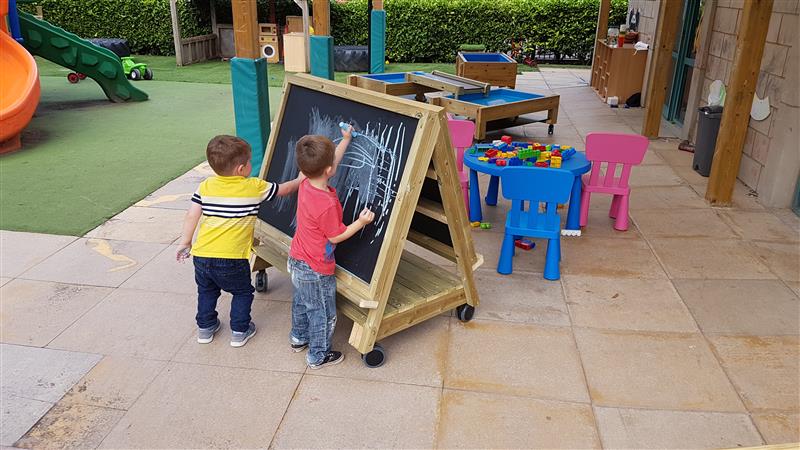
Barriers to Self-Regulation
Everybody experiences stress at points throughout their lives, stress can actually be a motivator for problem solving. However, some children may be living with constant stress (known as toxic stress) which can be unhealthy. Toxic stress results from exposure to abuse or neglect where children do not get the help that they need. Children may become withdrawn or aggressive which will affect their ability to self-regulate.
Practitioners can offer support for children living with toxic stress, helping children to regulate their body’s stress responses. The power of play can really help children to experience movement and connection which helps the nervous system to calm down.
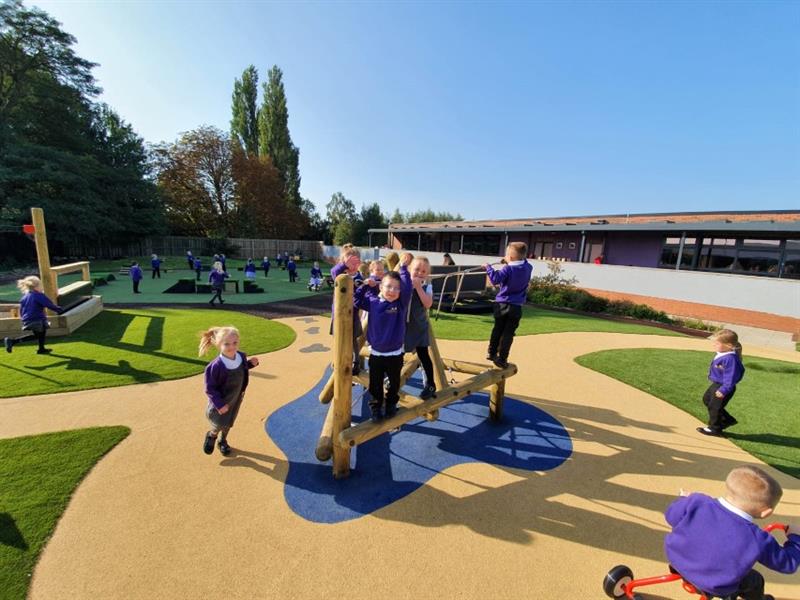
Anxiety can also be problematic for children. Even young children may communicate their feelings by stating that they have a ‘stomach ache/headache.’ Anxiety can become a problem when children don’t want to join in with experiences and their everyday life is affected.
Anxiety can affect children’s confidence, concentration and thoughts leading to outbursts where children lose control of their feelings. Practitioners can engage in conversations with pupils about what makes them feel sad or happy, empathising and reassuring.
Having areas that children can retreat to when they are feeling overwhelmed or anxious may be useful to offer a quiet space. For younger children a worry monster or worry box where worries can be written down and given to the monster may help.
Sensory Processing
School environments can be loud and noisy places, with bright lights and a range of different colours and smells. Sensory processing effects the way we engage with our environment, our emotional development and problem-solving skills.
Each child in a class may have different sensory preferences and thresholds for coping. As adults we have developed likes and dislikes and preferences for helping us cope. I personally find doodling helps me to listen, I play music whilst driving and I would choose to dim lighting. Children need our support to identify what is overwhelming to them and to learn strategies to help.
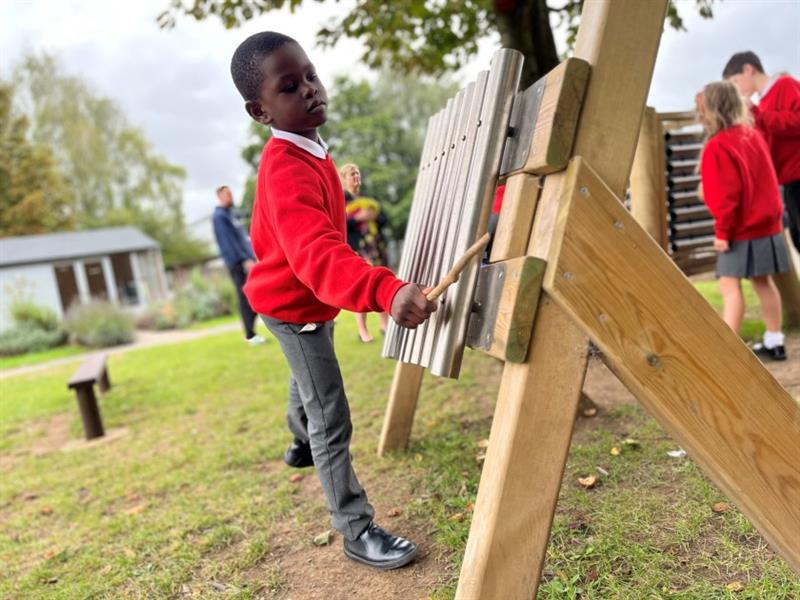
When children are overwhelmed and overstimulated by their environment this may result in distress and meltdowns. Children will need individual support but may benefit from:
- Reduced background noise and clutter.
- Visual timetables and warnings of change.
- Giving children time and space and not interrupting non-harmful stims.
- Carefully planned transitions.
Having a designated space such as an outdoor classroom, garden area or learning den for children to recuperate can help them to once again feel calm and relaxed. Children who are naturally very active, anxious or easily overwhelmed may need a space where they can use calm down strategies.
Adding different sensory elements such as scented fruit to water play, playdough, raking in the sand area, den making, listening to music or using sensory toys and bottles can benefits some pupils.
Language Maturity
According to the charity Speech and Language UK there has been a shocking rise in speech and language challenges with an estimated 1.9 million children who are behind with talking and/or understanding of words.
Being able to communicate basic needs is a fundamental skill yet for some children this may still be difficult. Children could be frustrated or confused if they do not understand what is being asked of them or are unable to communicate their feelings accurately.
Communication skills are vital to support well-being and self-regulation. Gaining the right level of support to maximise speech and language skills is crucial for children to thrive and learn in school.
Observations of pupils during free play and adult-led times can provide useful information about individual children including likes/dislikes and how they react to different situations and tasks. We will notice who children play with, the types of activities they engage in and how they interact with others. Observations often help when trying to find out what a child is communicating.
.jpg)
Visual aids can help children who may struggle with communication skills to plan and prepare for what is coming next. A visual timetable using real photographs which children can relate to can really help with transitions throughout the day. Photographs or shadow outlines can be placed around the classroom on shelves and boxes showing which resources are available and how they should be stored away.
Visual images can help to reinforce rules such as an image of 5 children by the sand box demonstrating the maximum number of learners at a time. Visual calendars showing special events in the term can be useful as well as arrows helping children to find their way around the space or indicating certain areas such as where to line up.
.jpg)
Not all pupils will enter the classroom ‘ready to learn.’ Emotions can drive behaviour therefore it is important to help children with their own regulation. Children need to feel that they are in a safe space in order to express their emotions, it is part of our role to help pupils to acknowledge their emotions and to learn to control them.
Improving self-regulation skills of children in early education is likely to have a positive impact on learning through school life. We cannot expect children to get it right all of the time. Nobody does! Emotional regulation is about supporting children to learn and practise all the ways in which they can respond to emotions, adjusting as they grow and learn over time.



.jpg)

